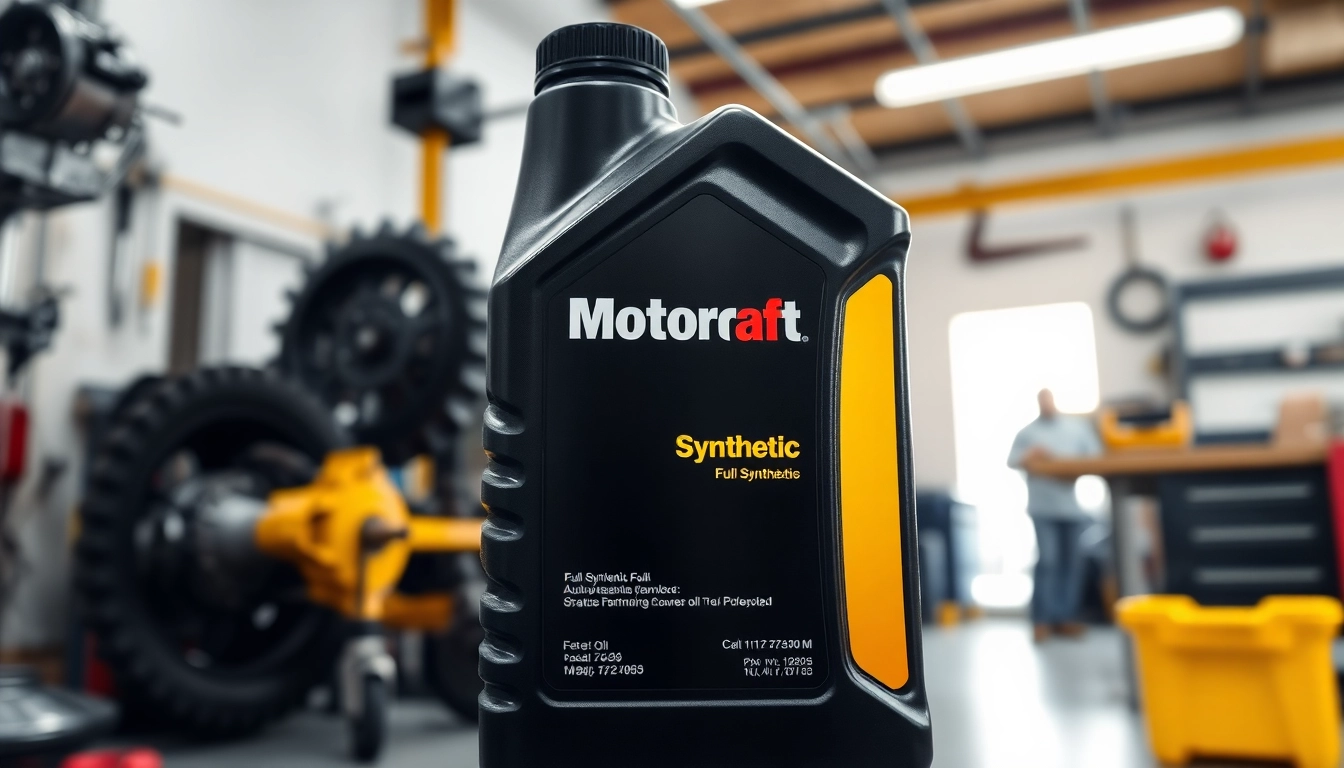Understanding E-Fluids: A Key Component in Honda Maintenance
When it comes to maintaining a Honda, one of the most crucial, yet often overlooked aspects is the management of e-fluids. These essential fluids serve various functions, lubricating parts, enhancing performance, and safeguarding the longevity of your vehicle. In this guide, we’ll delve into what e-fluids are, their importance, and how they impact your Honda’s transmission performance overall.
What Are E-Fluids?
E-fluids, or essential fluids, encompass a range of vital liquids used in vehicle systems, particularly in Honda automobiles. These fluids include engine oil, transmission fluid, coolant, brake fluid, and power steering fluid. Each type of e-fluid is designed to fulfill specific operational roles that are critical for the functioning of a vehicle. For instance, transmission fluids cool and lubricate the moving parts of the transmission, while engine oil protects the engine’s internals from wear and tear.
The Importance of E-Fluids in Honda Vehicles
Maintaining the correct levels and quality of e-fluids in your Honda vehicle is essential for optimal operation. Low or degraded fluids can lead to inefficient performance, increased wear on engine components, and potential catastrophic failures. Regular checks and changes of e-fluids support better fuel efficiency, smoother operation, and overall vehicle longevity.
Identifying Different Types of E-Fluids
Understanding the different types of e-fluids used in your Honda is essential. Here’s a brief overview of the primary e-fluids:
- Engine Oil: Acts as a lubricant for moving engine parts and helps maintain optimal operating temperature.
- Transmission Fluid: Provides lubrication, helps with cooling, and ensures the smooth operation of the transmission system.
- Coolant: Prevents the engine from overheating by absorbing heat and dissipating it through the radiator.
- Brake Fluid: Transmits force in hydraulic brake systems, allowing the vehicle to stop effectively.
- Power Steering Fluid: Ensures smooth and easy steering by lubricating the power steering system.
How E-Fluids Impact Your Transmission Performance
Your transmission is a complex assembly of gears and fluid that works together to provide power to the wheels. The e-fluids used in the transmission system play a significant role in how efficiently it performs. Let’s explore how quality e-fluids can impact your Honda’s transmission performance.
Benefits of Using High-Quality E-Fluids
Using high-quality e-fluids in your Honda can enhance performance in several ways:
- Improved Efficiency: Quality e-fluids help maintain the ideal viscosity, which in turn improves fuel efficiency and lowers energy consumption.
- Extended Lifespan: Quality fluids reduce wear and tear on transmission components, thus extending the life of your vehicle.
- Optimal Performance: Using the right type of e-fluids ensures smoother shifts, giving you better acceleration and driving comfort.
Signs Your Transmission Needs E-Fluids Changed
Being aware of the signs that indicate it’s time to change your transmission e-fluids can save you costly repairs down the line. Look out for:
- Slipping gears or difficulty shifting.
- Unusual grinding noises when the transmission shifts.
- Transmission fluid that appears dark or has a burnt smell.
- Fluid leaks underneath the vehicle.
How to Check Transmission Fluid Levels
Checking the transmission fluid levels in your Honda is straightforward and crucial for maintaining the health of the transmission. Here’s a step-by-step guide:
- Warm up your vehicle to normal operating temperature.
- Park the car on a level surface and engage the parking brake.
- With the engine running, locate the transmission dipstick, usually marked with a bright handle.
- Remove the dipstick, wipe it clean, and reinsert it fully.
- Remove the dipstick again and check the fluid level against the required markings.
- If necessary, add the recommended e-fluid through the appropriate filler tube.
Step-by-Step Guide to Changing E-Fluids in Your Honda
Changing the e-fluids in your Honda can be a rewarding experience and will significantly contribute to the longevity of your vehicle. Follow this detailed guide to do it effectively and safely.
Gathering Necessary Tools and Supplies
Before you begin, ensure you have all the necessary tools and supplies:
- New e-fluids (refer to owner’s manual for specifications)
- Fluid catch pan
- Wrench set
- Funnel
- Safety gloves and goggles
Danger Signs During E-Fluids Change
While changing e-fluids, watch for any potential danger signs:
- Unusual noises from the transmission during fluid change.
- Fluid leaks that don’t stop after tightening any connectors.
- Unresponsive gears despite proper fluid level.
Maintaining Your Honda After Fluid Change
After changing the e-fluids, it’s crucial to follow up with proper maintenance practices:
- Monitor fluid levels regularly to ensure proper operation.
- Schedule regular maintenance checks to catch any potential issues early on.
- Consider keeping a log of all service maintained, including fluid changes and any observations made during these changes.
Expert Tips for Selecting the Right E-Fluids
Choosing the right e-fluids can be daunting given the variety available in the market. Here are some expert tips to help you select the most suitable options for your Honda.
Understanding Manufacturer Recommendations
Always start by consulting your vehicle’s owner manual for manufacturer recommendations. Honda provides specific guidelines on the type and grade of e-fluids required to maintain optimal performance. Adhering to these recommendations is crucial for preserving warranty coverage and ensuring your vehicle operates smoothly.
Common E-Fluids Brands and Their Features
Several brands are renowned for their high-quality e-fluids. Some prominent names include:
- Honda Genuine Parts: Offers OEM fluids specifically formulated for Honda vehicles.
- Castrol: Known for its high-performance oils and fluids that enhance engine protection.
- Mobil 1: Recognized for synthetic e-fluids that provide superior performance and longevity.
Reading Product Labels: What to Look For?
When selecting e-fluids, understanding product labels is essential. Focus on:
- The viscosity rating (look for the numbers and letters like 0W-20 for oils).
- API and ILSAC classifications to ensure they meet required standards.
- Any additives that may enhance performance or protection.
Maximizing Vehicle Longevity with E-Fluids Maintenance
Proper maintenance of e-fluids is crucial for maximizing the longevity of your Honda. Inadequate attention to fluid changes can lead to serious issues down the road. Here’s how to ensure your fluids are maintained effectively.
Recommended E-Fluids Change Intervals
Adhering to recommended change intervals is key to maintaining fluid efficacy:
- Engine Oil: Typically every 5,000 to 7,500 miles.
- Transmission Fluid: Generally every 30,000 to 60,000 miles, though consult the owner’s manual for specifics.
- Coolant: Change every 50,000 to 100,000 miles, depending on the type of coolant used.
Potential Risks of Skipping E-Fluids Changes
Ignoring e-fluids maintenance can have serious consequences:
- Engine overheating and potential failure due to poor coolant condition.
- Transmission slipping or grinding due to insufficient lubrication.
- Braking failure resulting from degraded brake fluid.
Best Practices for Long-Term E-Fluids Care
To ensure the longevity of your e-fluids:
- Regularly inspect fluid levels and quality.
- Record fluid change dates to adhere to maintenance schedules.
- Store unused fluids properly, away from extreme temperatures and sunlight.
In conclusion, e-fluids are not just another maintenance line item but a critical element in ensuring your Honda operates at its best. By understanding their importance and adhering to best practices in maintenance and fluid selection, you can maximize your vehicle’s performance and longevity. Whether you choose to tackle fluid changes yourself or seek professional assistance, being informed will always work in your favor.



